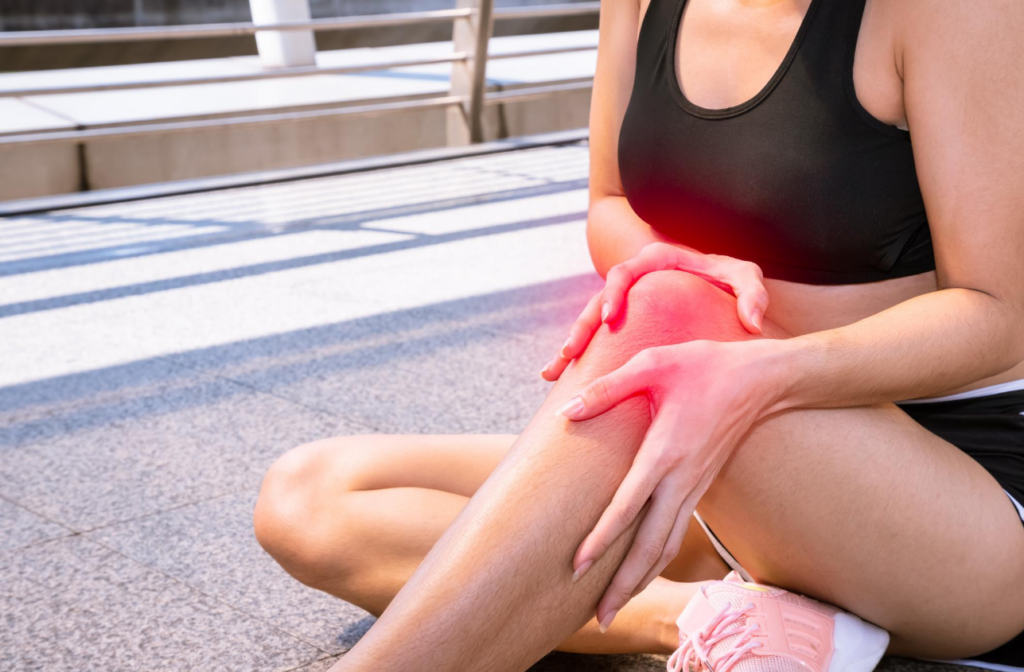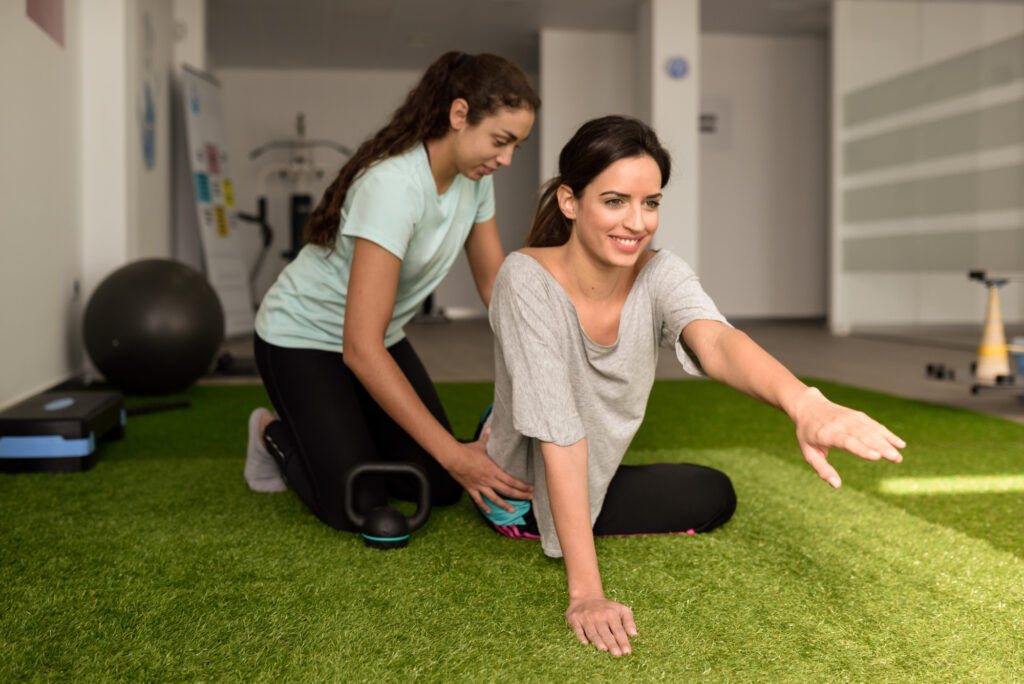ACL (anterior cruciate ligament) injuries are a common concern in females, particularly in sports that
involve cutting, pivoting, and jumping movements such as soccer, basketball, and volleyball.

Studies have shown that females are at a higher risk for ACL injuries compared to males. Several
factors contribute to this increased risk:
1. Anatomical Differences:
• Q-Angle: Women typically have a wider pelvis, which leads to a greater Q-angle (the angle
formed between the hip and knee). This may put additional stress on the knee joint and
increase the risk of ACL injuries.
• Narrower Intercondylar Notch: Females often have a narrower notch where the ACL passes
through the femur, potentially leading to greater stress on the ligament.
• Ligament Laxity: Women may have looser ligaments, which can reduce joint stability and
increase the likelihood of injury.
2. Hormonal Factors:
• Hormonal fluctuations, particularly during the menstrual cycle, can affect ligament laxity and
joint stability. The hormone estrogen has been shown to increase ligament laxity, which may
contribute to a higher risk of ACL injuries during certain phases of the menstrual cycle.
3. Biomechanical Differences:
• Landing Mechanics: Women tend to land with their knees in a more extended position and
with greater inward movement (valgus), which puts the ACL under more strain.
• Muscle Imbalances: Females may have a tendency to rely more on their quadriceps than
hamstrings for knee stabilization, which can increase anterior tibial translation (forward
movement of the shinbone) and stress the ACL.
4. Neuromuscular Control:
• Women may have differences in neuromuscular control, meaning the coordination between
muscles and joints is less efficient, which can increase the risk of knee injuries. For example,
women may not engage the hamstrings as effectively during athletic movements.
5. Training and Conditioning:
• Females may not always undergo the same type of conditioning as males, particularly in
sports that emphasize strength training for the lower body and core stability. This can result
in weaker muscles that support the knee, leaving the ACL more vulnerable.
Prevention Strategies:
• Neuromuscular Training: Programs designed to improve neuromuscular control, balance,
and proper landing mechanics have been shown to reduce the risk of ACL injuries. Exercises
that focus on strengthening the hamstrings, glutes, and core muscles can help stabilize the
knee.
• Plyometric Training: Jump training that emphasizes proper landing techniques can reduce
the valgus forces on the knee.
• Strength Training: Strengthening the muscles around the knee, particularly the hamstrings
and glutes, can help reduce the load on the ACL.
• Proper Footwear: Wearing the right shoes for the sport can help improve traction and
reduce the risk of slipping or improper movements that lead to injury.
Reducing the risk of ACL injury in females requires a combination of proper training, conditioning,
and education on biomechanics. Prevention programs have been effective in lowering the incidence
of these injuries, particularly in high-risk sports.